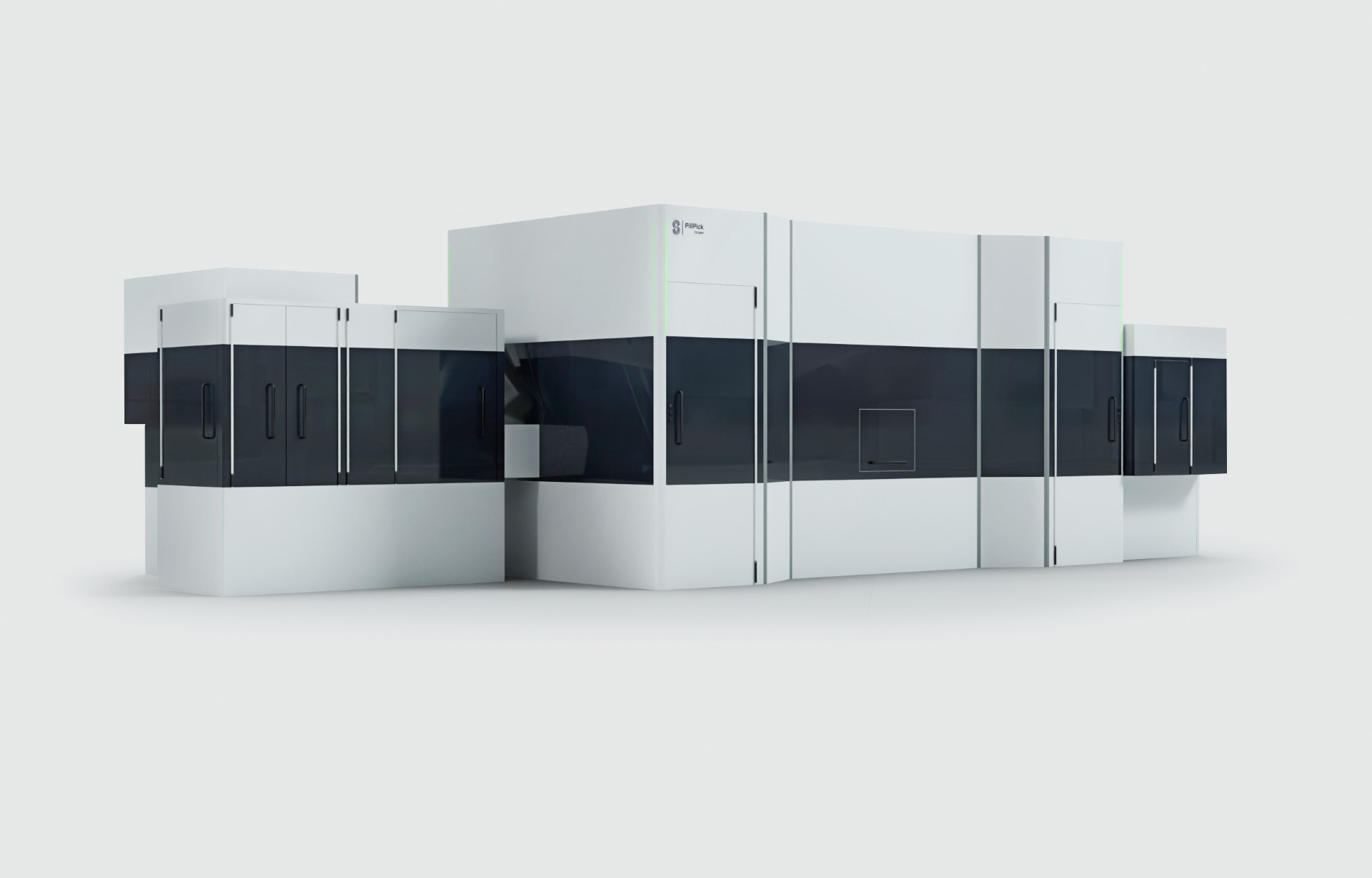Reading Time: 4 min.
Incorrect interpretations, mix-ups in the administration of medications or transposed digits in the dosage are never intentional but likely to happen in the hectic hospital workday. Those human errors caused by lack of time on the part of nurses as well as rigid workflows have serious consequences for a patient's health – and the medical staff also suffers from reproaching themselves. However, such errors can be significantly reduced. Implementing an automated unit dose solution helps to increase patient safety by eliminating packaging and dispensing errors.
Long-standing challenges in the healthcare industry, such as ensuring patient safety and dealing with increasing cost pressure, can be met by automation solutions. The speed of innovation is accelerating quickly due to new regulations and the challenge of maintaining the highest standards in terms of patient safety. At the same time, the healthcare industry faces an increasing shortage of skilled workers and pressure to improve efficiency. All this can lead to medication errors.
However, the implementation of unit doses reduces such errors. A number of advantages arises when using both a patient-independent unit dose preparation and a patient-specific unit dose ring.
4 different benefits show up when looking at patient-independent unit doses
1. The integrity of the original packaging prevails
When implementing unit doses in clinical workflows drugs remain in their original package until they are administered to the patient. This prevents contact to the environment and therefore any kind of contamination; the quality guaranteed by the manufacturer can also be preserved.
2. A broad variety of drug forms can be converted into unit dose
Not only pills are suitable to create a single dose – A broad range of medicines can be transformed into unit dose:
-
Blisters with both regular and unregular shapes
- Blistered medication that cannot be stored outside of the original blister such as dispersible and orodispersible tablets
- Loose oral solids
- Suppositories
- Ampoules
- Transdermal patches
- Prefilled syringes
- Cytostatic in tablet form
3. Unit doses enables serialization
Brand name, active substance, form of drug, strength, lot number or expiry date accompany a unit dose at every step of medication handling. Serialization allows precise drug identification at any time – from storage and retrieval to the patient's bed. Barcodes solve the problem of handling Look Alike Sound Alike drugs (LASA). Furthermore, serialization creates a base for accurate traceability and high-quality documentation.
4. Reducing waste
Usually a medication assigned to one patient cannot be administered to another patient due to strict data and storage regulations. When preparing single doses, there is no need to print patient data on the repacked medication. This makes it possible to return medication that has not been used on the ward to the inventory and administer it to another patient at a later point in time.
This also works because the manufacturer's expiry date and storage conditions are preserved. Waste that arises along the medication supply chain can thus be reduced.
4 more benefits with patient-specific unit doses
5. Central therapy preparation and individual UD handling take place simultaneously
Automated therapy and unit dose preparation can be created independently from each other. Unit doses are prepared in advance based on usage statistics of hospitals. If a patient-specific dose is needed, a smart dispensing system quickly creates a ring that contains every medication prescribed to that one patient.
This assures the readiness to create and provide patient-specific therapy for any patient at any time.
6. More time through simple administration of the medication at the patient's bedside.
Another benefit of an automated unit dose packaging and dispensing solution is that therapy is automatically prepared. This includes both putting medication on the therapy ring as well as separately adding the patient-specific information. On the ward, a care giver simply collects the ring and administers the medication quickly and safely to patients at the bedside.
This significantly increases patient safety since human touch is excluded from the process. Nurses also avoid spending time for preparation – time they can use for patient care.
7. High-quality documentation
The serialization contains specific information about the medication. When the ring is created and the therapy is prepared for one specific patient, information about this patient is added to the ring together with a scannable code. However, the patient’s sensitive data can easily be removed since it’s on an extra card on the ring. Thanks to this high-quality documentation, every step in a patient's therapy is traceable for maximum safety.
8. Reusable medication thanks to the unit dose ring
A patient-specific therapy done with an unit dose approach enables uncomplicated return management: In case a prescription changes or the patient-specific therapy is not needed anymore, the unit dose ring can be cut open and the independent packages are put back into the cycle. This avoids expensive and unnecessary drug waste.
As you see, unit doses can achieve different benefits within the clinical environment. For implementing the unit dose concept, the infrastructure of hospitals is an important prerequisite. The current equipment of hospitals with modern IT infrastructure, such as electronic prescribing systems plays a major role.
If you are interested in more details about our automated unit doses packaging and dispensing systems PillPick, do not hesitate to contact our experts. Upgrade your hospital to a center of excellence regarding patient safety and efficiency of medication management.
About the author Julian Vogelsanger
In his work in product management at Swisslog Healthcare, Julian relies on his strong technical background in mechanical engineering. His main focus is our PillPick and MedSMART, but he also works on broader product initiatives in transport automation and OEM products.











